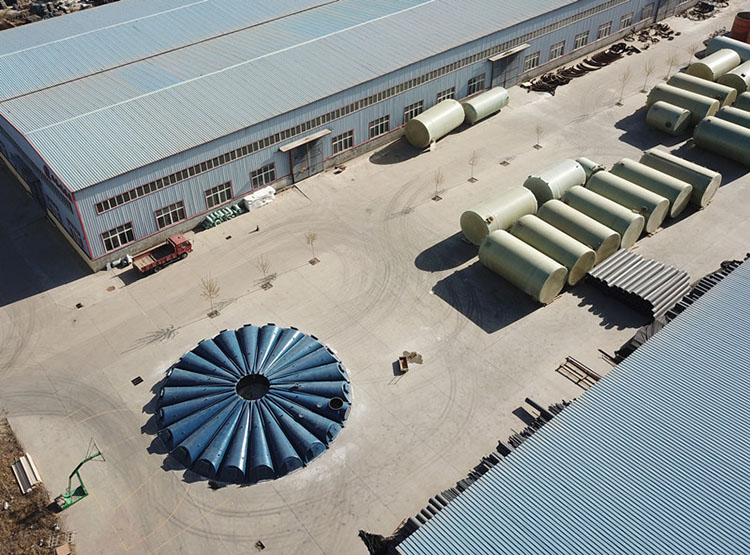
-
 Afrikaans
Afrikaans -
 Albanian
Albanian -
 Amharic
Amharic -
 Arabic
Arabic -
 Armenian
Armenian -
 Azerbaijani
Azerbaijani -
 Basque
Basque -
 Belarusian
Belarusian -
 Bengali
Bengali -
 Bosnian
Bosnian -
 Bulgarian
Bulgarian -
 Catalan
Catalan -
 Cebuano
Cebuano -
 China
China -
 China (Taiwan)
China (Taiwan) -
 Corsican
Corsican -
 Croatian
Croatian -
 Czech
Czech -
 Danish
Danish -
 Dutch
Dutch -
 English
English -
 Esperanto
Esperanto -
 Estonian
Estonian -
 Finnish
Finnish -
 French
French -
 Frisian
Frisian -
 Galician
Galician -
 Georgian
Georgian -
 German
German -
 Greek
Greek -
 Gujarati
Gujarati -
 Haitian Creole
Haitian Creole -
 hausa
hausa -
 hawaiian
hawaiian -
 Hebrew
Hebrew -
 Hindi
Hindi -
 Miao
Miao -
 Hungarian
Hungarian -
 Icelandic
Icelandic -
 igbo
igbo -
 Indonesian
Indonesian -
 irish
irish -
 Italian
Italian -
 Japanese
Japanese -
 Javanese
Javanese -
 Kannada
Kannada -
 kazakh
kazakh -
 Khmer
Khmer -
 Rwandese
Rwandese -
 Korean
Korean -
 Kurdish
Kurdish -
 Kyrgyz
Kyrgyz -
 Lao
Lao -
 Latin
Latin -
 Latvian
Latvian -
 Lithuanian
Lithuanian -
 Luxembourgish
Luxembourgish -
 Macedonian
Macedonian -
 Malgashi
Malgashi -
 Malay
Malay -
 Malayalam
Malayalam -
 Maltese
Maltese -
 Maori
Maori -
 Marathi
Marathi -
 Mongolian
Mongolian -
 Myanmar
Myanmar -
 Nepali
Nepali -
 Norwegian
Norwegian -
 Norwegian
Norwegian -
 Occitan
Occitan -
 Pashto
Pashto -
 Persian
Persian -
 Polish
Polish -
 Portuguese
Portuguese -
 Punjabi
Punjabi -
 Romanian
Romanian -
 Russian
Russian -
 Samoan
Samoan -
 Scottish Gaelic
Scottish Gaelic -
 Serbian
Serbian -
 Sesotho
Sesotho -
 Shona
Shona -
 Sindhi
Sindhi -
 Sinhala
Sinhala -
 Slovak
Slovak -
 Slovenian
Slovenian -
 Somali
Somali -
 Spanish
Spanish -
 Sundanese
Sundanese -
 Swahili
Swahili -
 Swedish
Swedish -
 Tagalog
Tagalog -
 Tajik
Tajik -
 Tamil
Tamil -
 Tatar
Tatar -
 Telugu
Telugu -
 Thai
Thai -
 Turkish
Turkish -
 Turkmen
Turkmen -
 Ukrainian
Ukrainian -
 Urdu
Urdu -
 Uighur
Uighur -
 Uzbek
Uzbek -
 Vietnamese
Vietnamese -
 Welsh
Welsh -
 Bantu
Bantu -
 Yiddish
Yiddish -
 Yoruba
Yoruba -
 Zulu
Zulu
frp handrail
The Advantages and Applications of FRP Handrails
Fiber Reinforced Polymer (FRP) handrails have been gaining popularity in various industries, thanks to their excellent strength, durability, and corrosion resistance. As we delve deeper into the advantages and applications of FRP handrails, it becomes evident that they are not just a functional choice but also a smart investment for any project requiring reliable safety features.
What is FRP?
FRP, or fiber-reinforced polymer, is a composite material made from a polymer matrix reinforced with fibers, typically glass or carbon fibers. This composite offers remarkable tensile strength, lightweight characteristics, and resistance to environmental factors such as moisture, chemicals, and UV radiation. This makes FRP an ideal material for handrails, particularly in environments that expose them to harsher conditions.
Advantages of FRP Handrails
1. Corrosion Resistance One of the most significant advantages of FRP handrails is their corrosion resistance. Unlike traditional materials such as wood or metal, FRP does not rust or degrade when exposed to moisture or harmful chemicals. This makes them particularly suitable for use in coastal areas, chemical plants, and locations where road salt is prevalent.
2. Lightweight and Easy to Install FRP handrails are substantially lighter than their metal counterparts. This lightweight characteristic not only facilitates easier transportation and handling during installation but also reduces the structural load on buildings and supporting structures. Consequently, installation can often be accomplished quicker and with less labor compared to heavier materials.
3. Durability The inherent strength of FRP fiber composites allows for long-lasting performance even in the most demanding environments. FRP handrails do not splinter, warp, or degrade over time, ensuring that they maintain their aesthetic appeal and structural integrity.
4. Customizability FRP handrails can be manufactured in various colors, shapes, and sizes, providing architects and designers with a wide range of options to suit their specific project requirements. They can also be molded to fit unique designs or layouts, making them versatile for any architectural planning.
5. Low Maintenance Due to their resistance to corrosion and environmental damage, FRP handrails require minimal maintenance compared to traditional materials. They do not need regular painting or treatment to maintain their appearance, saving time and costs associated with upkeep.
frp handrail

6. Safety and Slip Resistance Safety is paramount when it comes to handrails. FRP can be engineered to provide excellent grip and slip resistance, which is crucial in areas that may become wet or slippery, such as swimming pools, docks, or industrial environments.
Applications of FRP Handrails
Given these numerous advantages, FRP handrails have found applications across various domains
- Industrial Settings Factories and processing plants often require handrails in environments that may be hazardous. FRP’s resistance to chemicals and corrosion makes it an excellent fit for these settings.
- Commercial Buildings From shopping malls to office complexes, FRP handrails enhance the aesthetic appeal while ensuring safety compliance. Their lightweight nature can make installation easier without compromising design integrity.
- Marine and Waterfront Installations FRP handrails are widely used in boat docks, marinas, and piers. Their resistance to saltwater and moisture ensures longevity and safety for users in these settings.
- Public Infrastructure FRP handrails are increasingly being used in parks, bridges, and public transit systems. They provide a safe and attractive option that also requires less maintenance than traditional handrail materials.
Conclusion
In summary, FRP handrails present a compelling option for a wide range of applications, blending safety, durability, and low maintenance into one innovative product. As industries continue to recognize the benefits offered by FRP materials, the demand for these handrails is likely to increase, paving the way for safer and more sustainable infrastructure solutions. Whether for industrial, commercial, or public use, FRP handrails are an investment in safety and longevity that shouldn't be overlooked.









